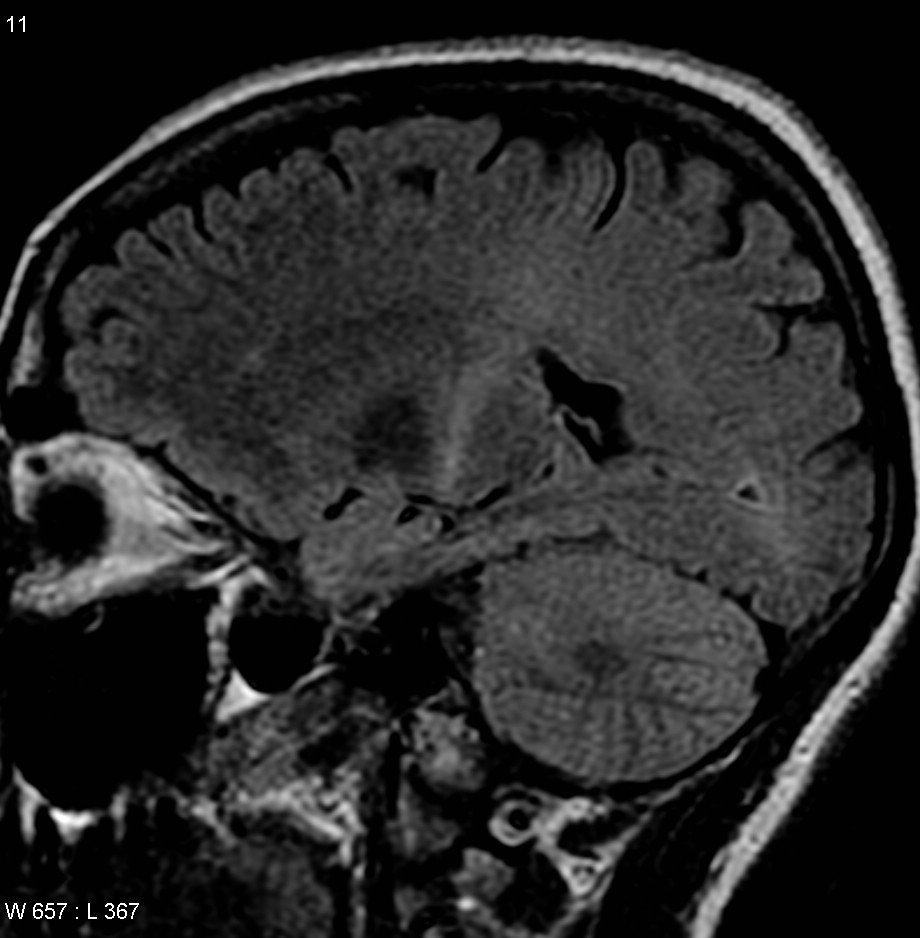Amyotrophic lateral sclerosis (ALS), also known as Lou Gehrig’s disease, is a devastating condition that affects the nerves responsible for movement. With approximately 30,000 people in the United States suffering from ALS, the cause of this disease remains unknown. To pave the way for improved diagnostic tests, researchers at Thomas Jefferson University, including Phillipe Loher, Eric Londin, Ph.D., and Isidore Rigoutsos, Ph.D., have adopted a computational biology approach to investigate how ALS impacts molecules in the bloodstream.
In a recent study published in Molecular Neurobiology, the team conducted an analysis of blood samples from around 300 individuals, both with and without ALS. The focus of the research was on small non-coding RNAs (sncRNAs), which are short molecules that play a vital role in regulating gene expression and other essential cellular processes. Previous studies by Dr. Rigoutsos and his team at the Jefferson Computational Medicine Center had indicated alterations in sncRNA levels in individuals with Parkinson’s disease. Building upon this knowledge, the researchers aimed to determine if similar changes were present in ALS patients.
The findings revealed distinct combinations of sncRNAs in ALS patients compared to those without the disease, with certain sncRNAs even correlating with the survival duration post-diagnosis. Interestingly, the analysis also identified sncRNAs that were not part of the human genome. Dr. Rigoutsos noted, “A significant number of the molecules that show changes in ALS are derived from bacteria or fungi.” While the exact relationship between these alterations and ALS remains unclear, the results suggest a potential role of the microbiome in the development of the disease.
Dr. Rigoutsos emphasized the importance of utilizing a computational biology approach to uncover hidden patterns of sncRNAs, which could enhance our understanding of neurodegenerative disorders like ALS. By analyzing vast amounts of data, researchers can identify novel biomarkers for diagnostic and prognostic purposes, ultimately leading to more accurate assessments of survival rates.
“We can perform complex analyses on the computer that would be time-consuming or impractical to conduct in a lab setting,” Dr. Rigoutsos explained. “This approach transcends traditional methods of data analysis and provides valuable insights that may not be apparent from a simple spreadsheet.”
Moving forward, the research team aims to continue exploring the role of sncRNAs in ALS and other neurodegenerative diseases, with the ultimate goal of developing advanced diagnostics and prognostics for improved patient outcomes.
For more information on this study, please refer to the publication in Molecular Neurobiology by Phillipe Loher et al., titled “Re-Analyses of Samples From Amyotrophic Lateral Sclerosis Patients and Controls Identify Many Novel Small RNAs With Diagnostic And Prognostic Potential.” (DOI: 10.1007/s12035-025-04747-2)
Provided by Thomas Jefferson University. For additional details, visit their website at http://www.jefferson.edu/main/


